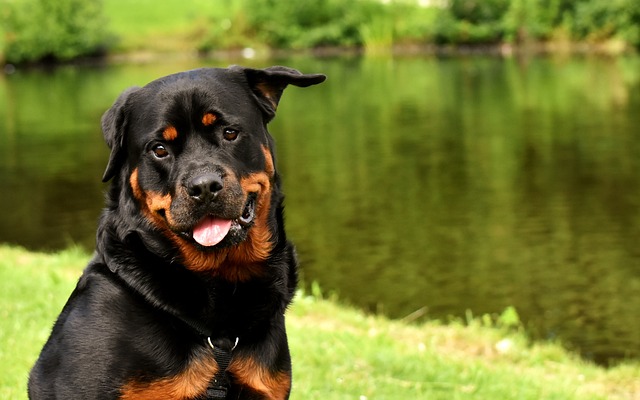
How to bathe your dog without a bathtub?
So your dog decided to take a dirt nap in the mud pit, and you’re staring at your tiny apartment bathroom thinking, “There’s no way.” Trust me, I’ve been there.
Winter brings unique challenges for dog owners, especially when it comes to caring for a dog’s skin and coat. Chilly temperatures, drier indoor air, and less time outdoors all interact to alter your dog’s skin health in ways you may not immediately notice. Unlike the humid warmth of summer, cold weather tends to sap moisture from the air, which in turn can rob your dog’s skin of essential hydration. Many dogs begin to show signs of flakiness, itching, or general sensitivity as the season progresses. The protective oils produced by a dog’s skin—crucial for maintaining a glossy, healthy coat—are more quickly depleted in winter. This is why understanding how often to bathe your dog in winter is far more than just a hygiene question; it’s about maintaining the delicate balance of your dog’s natural skin barrier.
It’s common to hear that dogs need frequent baths to stay clean and odor-free, but the colder months call for a different approach. Many pet owners believe that maintaining a regular, year-round schedule is best, or that snow and mud demand more frequent washes. However, these dog bathing frequency in winter beliefs often overlook the science behind canine skin health. Overbathing can strip away vital oils, leaving the skin unprotected against the drying effects of both cold breezes and indoor heating. In many cases, dogs kept mostly indoors during winter pick up less outdoor dirt, making frequent baths even less necessary. Relying solely on visual cues or a fixed routine can actually do more harm than good, leading to discomfort or even chronic skin conditions.
Scientific studies and veterinary guidance increasingly point to the benefits of a more restrained approach. Bathing your dog too often, especially in winter, can disrupt the microbiome that protects their skin. When you reduce the number of baths, you allow natural oils to maintain their protective role, helping to prevent the very dryness and irritation that are so common during the colder months. This is not just about comfort; it’s about preventing secondary problems like itching, redness, and even infection. When you consider how often to bathe my dog in winter, remember that less frequent bathing actually supports the body’s own defenses, enabling your dog’s skin to better withstand seasonal challenges. The best dog bath schedule for winter is one that’s flexible and responsive to your pet’s needs, rather than one-size-fits-all.
For most healthy dogs, bathing once every six to eight weeks is usually sufficient during winter, though this can vary depending on breed, coat type, and activity level. Dogs with oily coats or specific skin conditions may require a different approach, so consulting with your veterinarian is always wise. Instead of sticking to a rigid timetable, watch for key signs: if your dog’s coat feels greasy, smells noticeably, or if they’ve rolled in something unpleasant, a bath may be warranted. Otherwise, regular brushing can go a long way toward maintaining cleanliness and distributing oils evenly throughout the coat. Using a damp cloth or pet-safe wipes on paws and underbellies after walks can also help maintain hygiene without overbathing. Remember, how often to bathe your dog in winter is as much about observation as it is about routine.
Beyond bathing frequency, a comprehensive approach to winter dog skin care tips will help your dog stay comfortable all season. Consider adding a humidifier to your home to counteract dry indoor air, and speak with your vet about omega-3 fatty acid supplements to support skin health from within. Choosing a gentle, moisturizing dog shampoo and thoroughly drying your dog after every bath are simple but effective ways to prevent dry skin in dogs during winter. Pay special attention to their diet as well, ensuring they’re getting balanced nutrition to bolster their immune system and coat. Finally, be mindful of environmental factors: avoid exposing your dog to harsh de-icing chemicals outdoors and provide cozy bedding away from drafts. A little prevention goes a long way toward keeping your dog’s skin and coat in top shape while you both wait for spring.

So your dog decided to take a dirt nap in the mud pit, and you’re staring at your tiny apartment bathroom thinking, “There’s no way.” Trust me, I’ve been there.

Imagine packing for a sunny beach day with your golden retriever. You’ve got the ball, the water bowl, and your own tube of sunscreen—but can you slather some on your furry friend?

Picture your sunbathing Labrador sprawled on the patio – adorable, right? But when that Arizona afternoon hits 95°F, that same scene becomes dangerous.

Picture this: You’ve just slipped on your favorite black sweater, ready to head out for coffee. Your dog, with a wagging tail and a glint in their eye, bounds over for a cuddle.

You've probably stared at that row of pet store treatments and wondered—are flea and tick preventives just another gimmick?The truth is,skipping these essential products can turn a peaceful afternoon with your furry friend into a nightmare of itching,

So, you've welcomed a furry friend into your home – fantastic! Now you're staring at that brush or wondering about bath time.